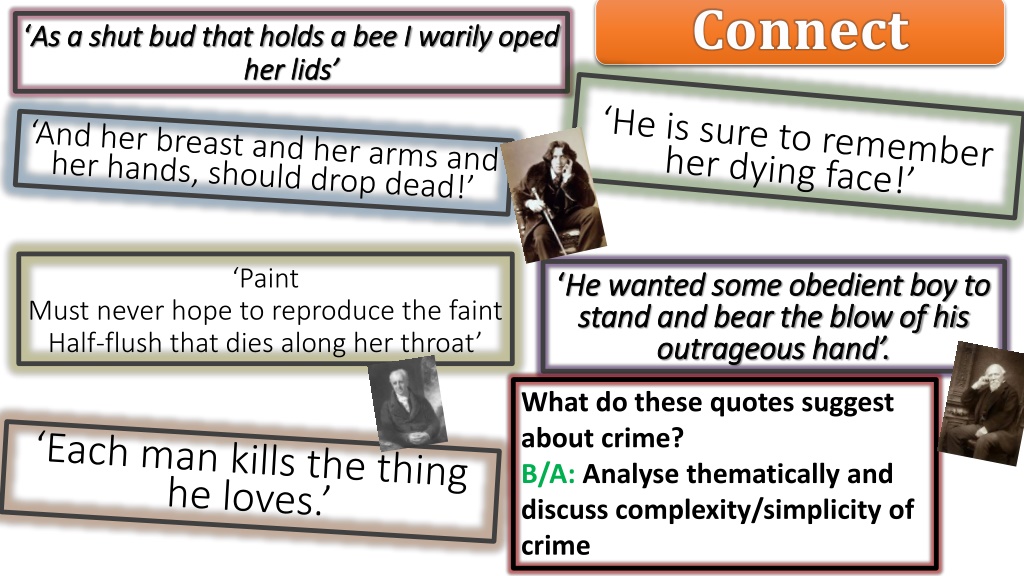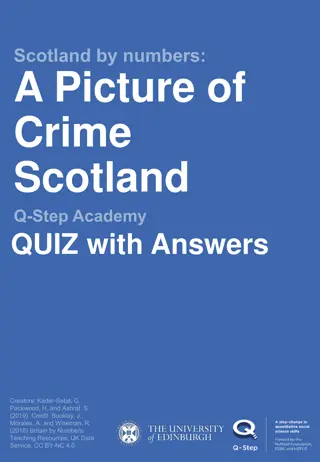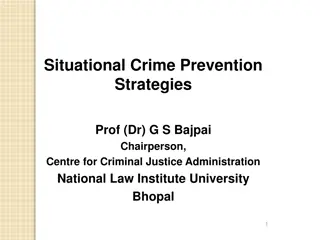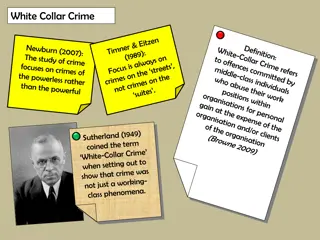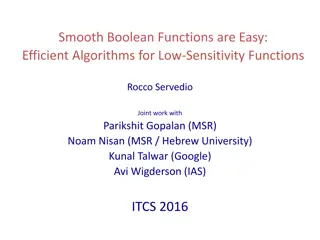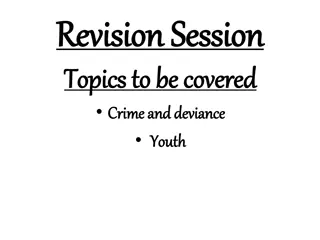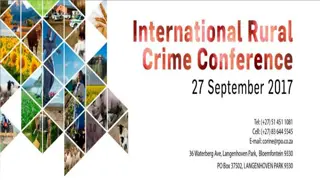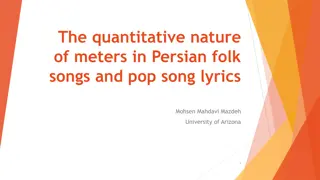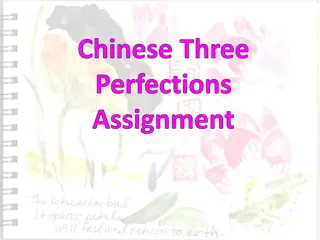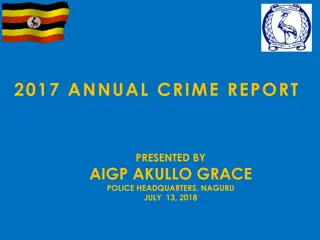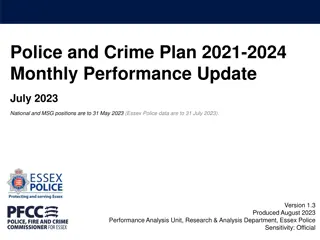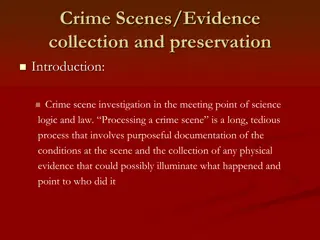Exploring Crime and Complexity in Poetry
Delve into the analysis of crime within poetry, examining themes of motive, structure, and language complexity. Consider historical context and textual nuances to uncover deeper insights into criminal elements in literary works.
Download Presentation

Please find below an Image/Link to download the presentation.
The content on the website is provided AS IS for your information and personal use only. It may not be sold, licensed, or shared on other websites without obtaining consent from the author. Download presentation by click this link. If you encounter any issues during the download, it is possible that the publisher has removed the file from their server.
E N D
Presentation Transcript
Connect As a shut bud that holds a bee I warily As a shut bud that holds a bee I warily oped her lids her lids oped Paint He wanted some obedient boy to He wanted some obedient boy to stand and bear the blow of his stand and bear the blow of his outrageous hand . outrageous hand . Must never hope to reproduce the faint Half-flush that dies along her throat What do these quotes suggest about crime? B/A: Analyse thematically and discuss complexity/simplicity of crime
Big Picture To develop our knowledge of crime within poetry. To apply our knowledge of crime to an unseen poem. Learning Outcomes: Learning Outcomes: All of you will consider the conventions of crime writing and apply this knowledge to an analysis of language and structure. (Grade C) Most of you will provide a thoughtful analysis of crime writing with developing coherency and flashes of perceptiveness. (Grade B) Some of you will consider the complexity of crime when exploring the representation of it across texts and apply this knowledge to a perceptive analysis of language and structure. (Grade A)
Activate Oliver Twist Crabbe, Browning and Wilde poetry When Will There Be Good News? In the case of Elements of crime writing, many of the texts pre-date the crime fiction genre that emerged as a recognisable literary genre in the mid-19thcentury and with academic recognition in the 20thcentury. However, in all the texts a significant crime drives the narrative and the execution and consequences of the crime are fundamentally important to the way the text is structured. All set texts are narratives which focus on transgressions against established order and the specific breaking of either national, social, religious or moral laws. The focus in this component must be on Elements and students need to consider the elements that exist in each of their texts. Let s read and annotate The Laboratory . Focus: Presentation of crime B/A: Complexity of crime and gender
Progress Check The AABB Anapaestic metre (2 non-stressed syllables and 1 stressed syllable) creates the juxtaposition between the simple rhyme scheme and the driving language that creates an excited voice. Browning s use of an irregular metre and enjambment enforces the speaker s uncontrollable desire to kill, making us complicit in the speaker s actions. C: Using your analyses, provide an analysis of language that supports this assertion. B/A: Can you extend the analysis to cover another interpretation of metre?
Demonstrate Group writing: C: Explore aspects of crime through close analysis of language and structure. B: Consider a narrow argument; explore a concept in close detail. A: Can you allude to anapaestic metre and other structural devices in your response as well as other famous Browning texts (MLD)? In The Laboratory , the motive is more interesting than the murder . To what extent do you think that the poem supports this view? Remember to include in your answer relevant detailed exploration of the poet s authorial methods
Consolidate Chain of intellect: Chain of intellect: Elect one person from your table to verbalise a word or phrase relating Elect one person from your table to verbalise a word or phrase relating to the extract studied today. Beginning clockwise, each person must say to the extract studied today. Beginning clockwise, each person must say an additional word/phrase which relates to the word spoken by the an additional word/phrase which relates to the word spoken by the previous person. previous person. Which table can achieve the longest chain of knowledge? Which table can achieve the longest chain of knowledge? Additional challenge: your response to the previous person can only be a Additional challenge: your response to the previous person can only be a word or phrase which contrasts/undermines theirs word or phrase which contrasts/undermines theirs
